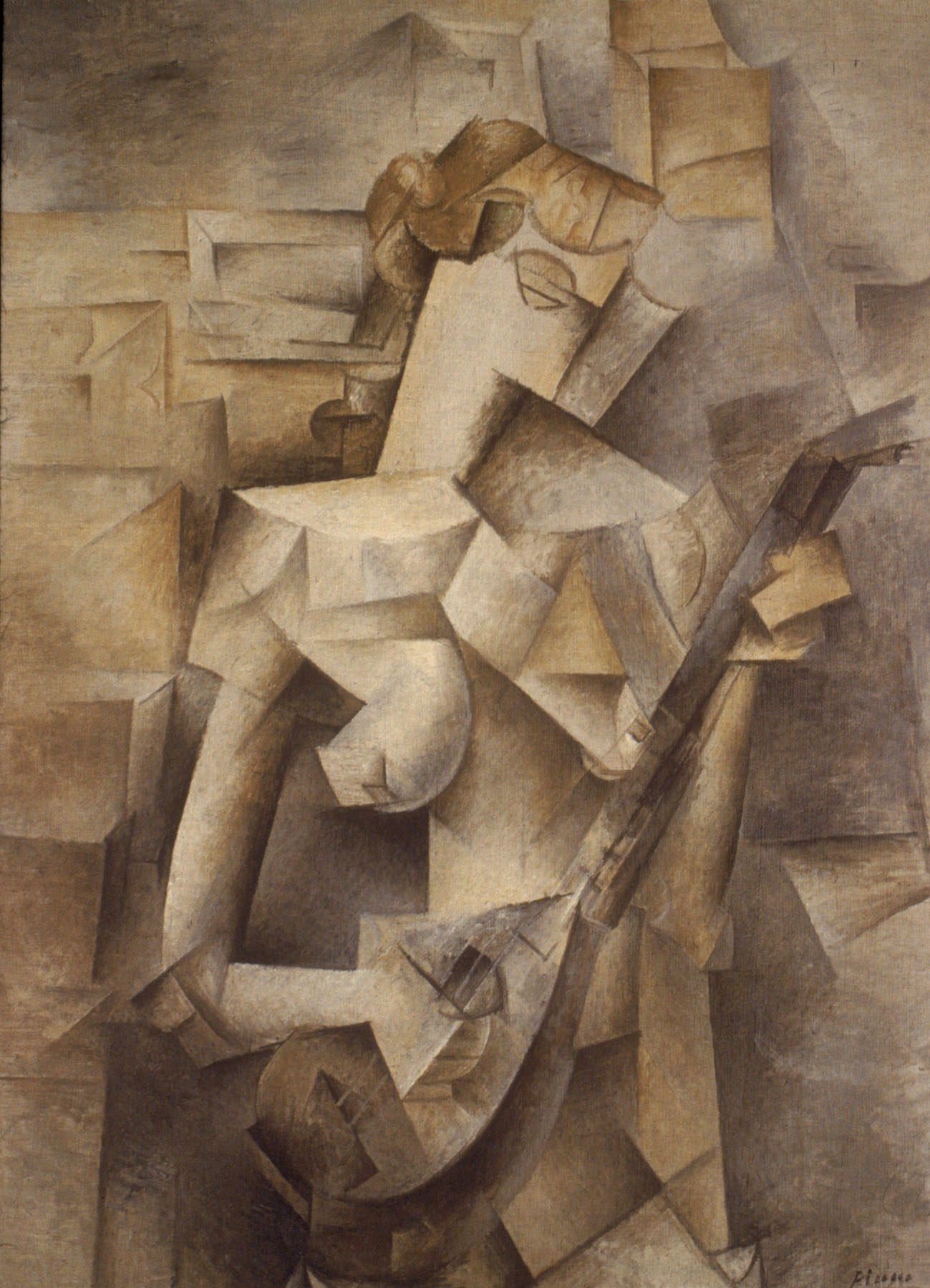
The artworks look severe, and are made up of an interweaving of planes and lines in muted tones of blacks, greys and ochres. Analytical cubism art is considered to run from 1908-1912. The whole idea of space is reconfigured: the front, back and sides of the subject become interchangeable elements in the design of the work.Cubism developed in two distinct phases: analytical cubism and (later) synthetic cubism. Instead it will show you many parts of the subject at one time, viewed from different angles, and reconstructed into a composition of planes, forms and colours. Cubist painting, paradoxically abstract in form, was an attempt at a more realistic way of seeing.Ī typical Cubist painting depicts real people, places or objects, but not from a fixed viewpoint. Therefore, the Cubists proposed that your sight of an object is the sum of many different views and your memory of an object is not constructed from one angle, as in perspective, but from many angles selected by your sight and movement. You can also change your viewpoint in relation to the object allowing you to look at it from above, below or from the side. When you look at an object your eye scans it, stopping to register on a certain detail before moving on to the next point of interest and so on. To do this the Cubists examined the way that we see. They wanted to introduce the idea of 'relativity' - how the artist perceived and selected elements from the subject, fusing both their observations and memories into the one concentrated image.

As the image was drawn from a fixed position, the result was frozen, like a snapshot, but the Cubists wanted to make pictures that reached beyond the rigid geometry of perspective. The fact that a picture drawn in perspective could only work from one viewpoint restricted their options. The Cubists saw the limitations of perspective as an obstacle to progress. Picasso and Braque developed their ideas on Cubism around 1907 in Paris and their starting point was a common interest in the later paintings of Paul Cézanne. This new way of seeing was called Cubism - the first abstract style of modern art. Artists needed a more radical approach - a 'new way of seeing' that expanded the possibilities of art in the same way that technology was extending the boundaries of communication and travel. Photography had begun to replace painting as the tool for documenting the age and for artists to sit illustrating cars, planes and images of the new technologies was not exactly rising to the challenge.
ANALYTIC CUBISM ART HOW TO
The problem for artists at this time was how to reflect the modernity of the era using the tired and trusted traditions that had served art for the last four centuries.

During this period, inventions such as photography, cinematography, sound recording, the telephone, the automobile and the airplane heralded the dawn of a new age. In the four decades from 1870-1910, western society witnessed more technological progress than in the previous four centuries.

Their aim was to develop a new way of seeing which reflected the modern age.

The Cubists challenged conventional forms of representation, such as perspective, which had been the rule since the Italian Renaissance. Cubism was an attempt by artists to revitalise the tired traditions of Western art which they believed had run their course. It was the first style of abstract art which evolved at the beginning of the 20th century in response to a world that was changing with unprecedented speed. Cubism was a truly revolutionary style of modern art developed by Pablo Picasso and Georges Braques.


 0 kommentar(er)
0 kommentar(er)
